This Japanese Glass Noodle Salad (Harusame Salad) recipe is light, refreshing, low calorie, and so flavorful with a savory and tangy sesame soy vinaigrette.
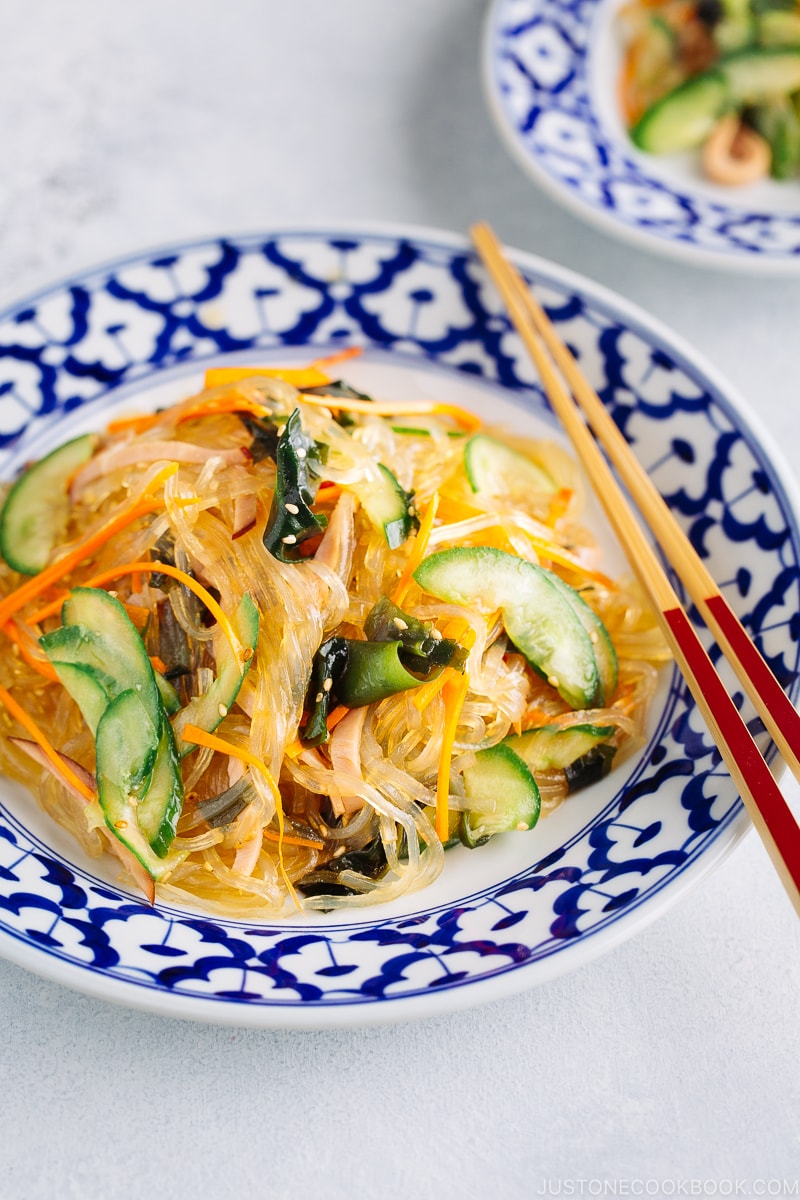
Japanese Glass Noodle Salad, or what we call Harusame Salad (春雨サラダ) in Japan, is known as a Chinese-style (中華風) salad due to the Chinese origin of glass noodles and the use of sesame oil in the salad dressing.
Here, you have tangles of slippery chewy noodles, crisp vegetables, and salty ham, all tossed in a tangy sesame soy vinaigrette. It’s quick and easy to put together that you’d love the salad for its simplicity.
What Does Harusame Mean?
Harusame is the Japanese name for cellophane noodles or glass noodles. Japanese character kanji for Harusame is 春雨, which means spring (春) and rain (雨). Such a poetic name for noodles, isn’t it?
I also found that Harusame came to Japan from China during the Kamakura period (1185-1333) as a vegan food for monks (Shojin Ryori 精進料理), and we’ve been using this ingredient for almost 800 years! What’s interesting is this noodle has a few different names in Chinese.
- 粉条 [fěntiáo] in China
- 粉絲 [ fěnsī] especially in Beijing, China
- 冬粉 [dōngfěn] in Taiwan
In literal translations, the Chinese names for cellophane or glass noodles refer to thin or delicate ribbons or cold noodles. Very different from 春雨. After a little bit more research, I learned that Harusame 春雨 was named in kanji character by the Japanese because the noodles look like gentle spring rain. They sure look like spring showers after they are cooked, don’t they?
Unlike Chinese glass noodles that are commonly made of mung beans (緑豆), most Japanese glass noodles are made of both sweet potato and potato starch in Nara prefecture and they are usually thicker than the Chinese counterparts.
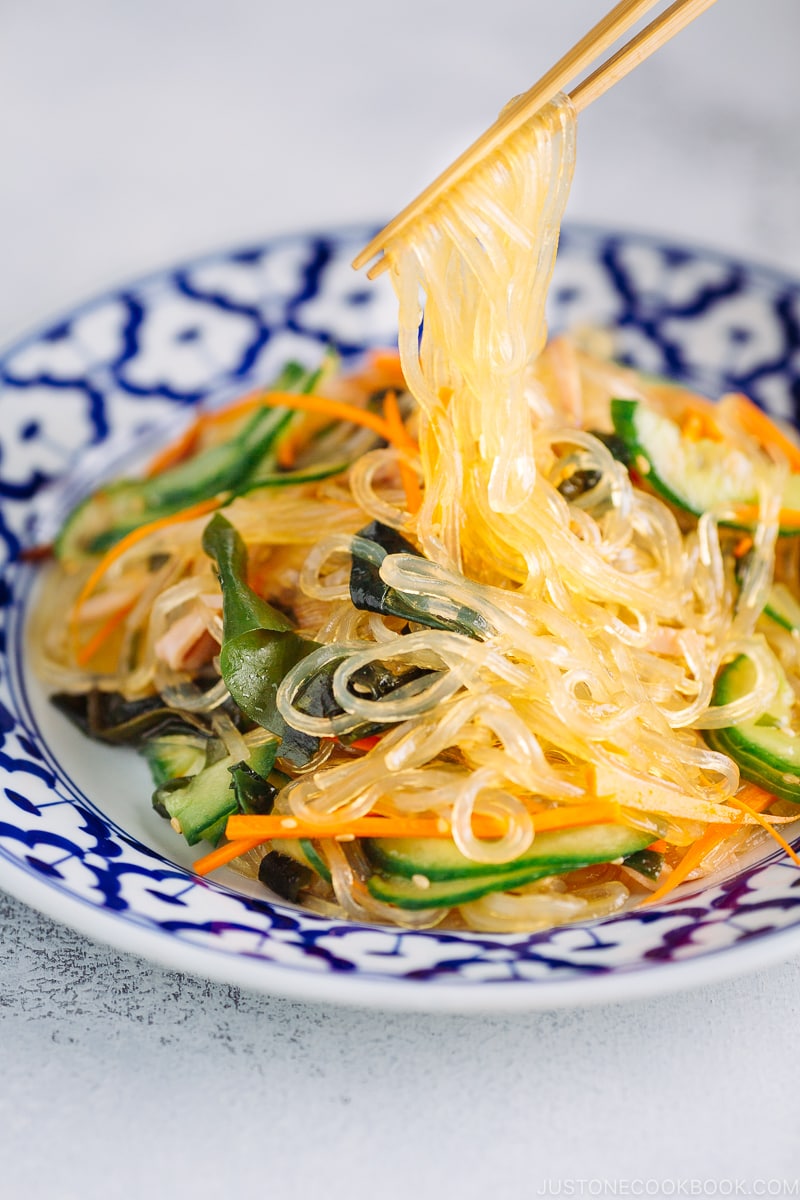
Harusame Salad – Versatile Healthy Recipe
Besides glass noodles, Harusame Salad commonly uses 3 other main ingredients: julienned cucumbers, carrots, and ham. Variations may include wakame seaweed, shredded egg omelette, tomatoes, bean sprout, and more.
You can easily customize the salad without the use of ham or eggs for a vegetarian or vegan version. Shredded baked or grilled tofu is an easy way to sneak in some protein and substance. These glass noodles are made from water and starch, such as mung bean, yam, and potato starch, so they are naturally gluten-free.
Depending on the ingredients, the texture, thickness, and cooking instruction of the glass noodles can be different. Make sure to follow the package instructions on how to prepare the noodles.
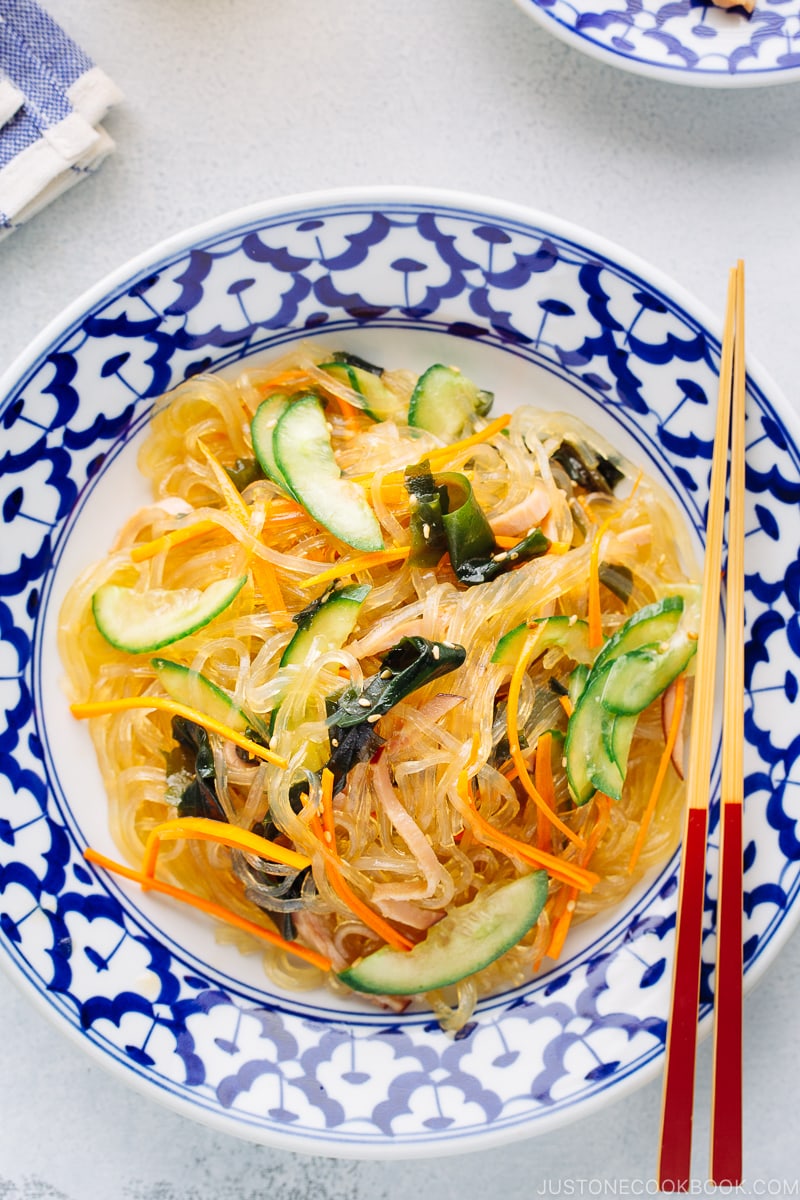
Tangy and Delicious Sesame Soy Vinaigrette
The dressing for this salad is usually made with soy sauce, sesame oil, rice vinegar, and sugar. It’s a common combination of dressings in Japanese cuisine. Tangy, salty, slightly sweet, this simple formula works incredibly well to liven up any salad.
I want to discuss sugar here. I sometimes receive questions from my readers asking if they can remove sugar completely from the Japanese recipe. I understand many of you (including myself) watch how much sugar we consume in our diet, so it’s an important topic I’d like to cover.
In Japanese cuisine and many other Asian cuisines, you will find that the basic principle of flavoring a dish often covers ‘Five Tastes’: salty, sour, sweet, bitter, and umami. This concept works as a guide in working with each ingredient and how they interact with each other in cooking.
With the use of salty and sour ingredients such as soy sauce, miso, and rice vinegar, sugar is added to balance out the salty and sour tastes and to improve the overall flavors, making the dish more palatable. The right amount of sweetness will help hit the note perfectly.
If you are concern about the use of sugar, you can definitely use other healthier alternatives such as honey, maple syrup or raw sugar to replace granulated sugar. As the majority of home cooks in the world use granulated sugar, I create my recipes using it.
I hope you give this Harusame salad a try and find out the secret to balancing ‘Five Tastes’ in Japanese cooking. Also, you’d be happy to know that the noodles do not get stick together after being dressed in the vinaigrette, so you can prep the salad ahead for your next potluck and home party.
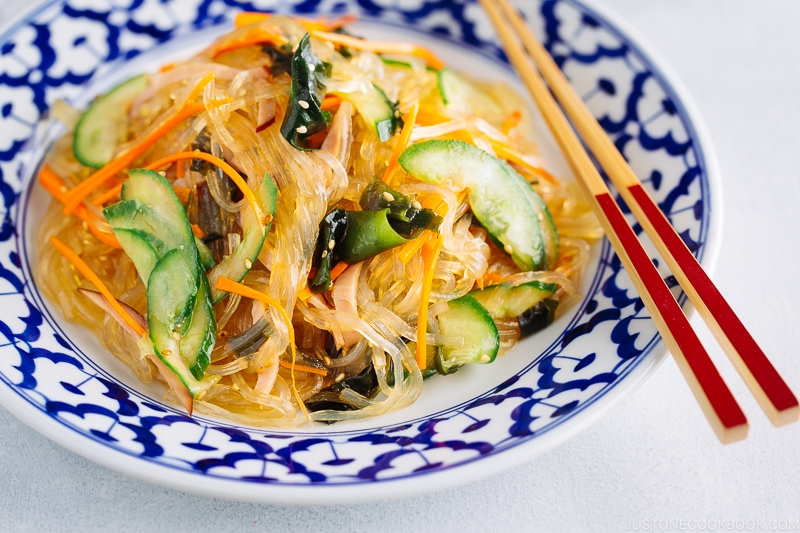
Wish to learn more about Japanese cooking? Sign up for our free newsletter to receive cooking tips & recipe updates! And stay in touch with me on Facebook, Pinterest, YouTube, and Instagram.
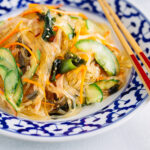
Harusame Salad (Japanese Glass Noodle Salad)
Ingredients
- 4.2 oz dried glass/cellophane noodles (harusame)
- 2 Tbsp dried wakame seaweed
- 1 Japanese or Persian cucumber
- ⅓ carrot
- ½ tsp Diamond Crystal kosher salt (for the carrot and cucumber)
- 3 slices Black Forest ham (skip for vegetarian/vegan)
- 2 tsp toasted white sesame seeds
For the Dressing
- 3 Tbsp rice vinegar (unseasoned)
- 2½ Tbsp soy sauce (use GF soy sauce for gluten-free)
- 1 Tbsp sugar
- 1 Tbsp toasted sesame oil
- 1 Tbsp neutral oil
- ⅛ tsp Diamond Crystal kosher salt
- ⅛ tsp freshly ground black pepper
Instructions
- Gather all the ingredients.
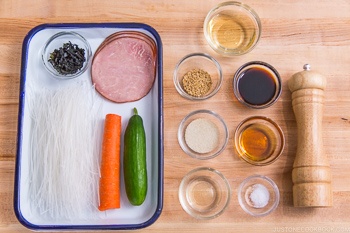
- Follow the package instructions to rehydrate 4.2 oz dried glass/cellophane noodles (harusame). My package says to boil the noodles for 4 minutes. Rinse under cold water to remove the starch. Drain well so excess water doesn‘t dilute the dressing. Cut the noodles into shorter lengths, if you‘d like.

- Rehydrate 2 Tbsp dried wakame seaweed in water for 15 minutes. Squeeze the water out and set aside.

- Cut 1 Japanese or Persian cucumber in half lengthwise and thinly slice diagonally.
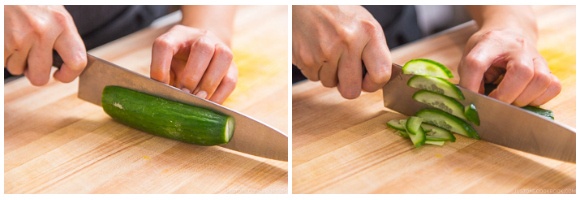
- Cut ⅓ carrot into thin slabs, then cut into julienne strips.

- Sprinkle ½ tsp Diamond Crystal kosher salt over the cucumber and carrot and coat well. Set aside for 5 minutes. Then, quickly rinse off the salt and squeeze the liquid out. Set aside.

- Cut 3 slices Black Forest ham into julienne strips. Now, all the ingredients are ready.
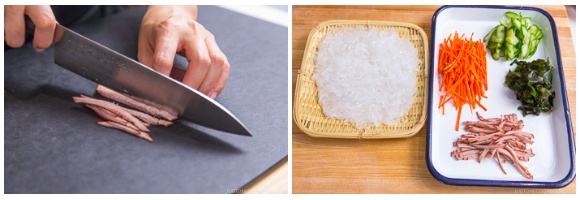
To Make the Salad
- In a medium bowl, combine the dressing ingredients: 3 Tbsp rice vinegar (unseasoned), 2½ Tbsp soy sauce, 1 Tbsp sugar, 1 Tbsp toasted sesame oil, 1 Tbsp neutral oil, ⅛ tsp Diamond Crystal kosher salt, and ⅛ tsp freshly ground black pepper. Whisk it all together.

- In a large bowl, add the harusame noodles, vegetables, ham, wakame, and 2 tsp toasted white sesame seeds. Pour the dressing on top and toss it all together. Chill the salad in the refrigerator for at least 30 minutes before serving.
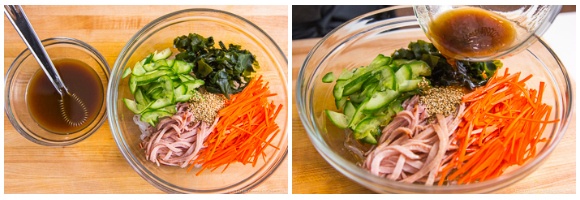
To Store
- You can keep the leftovers in an airtight container and keep in the refrigerator for up to 2 days.
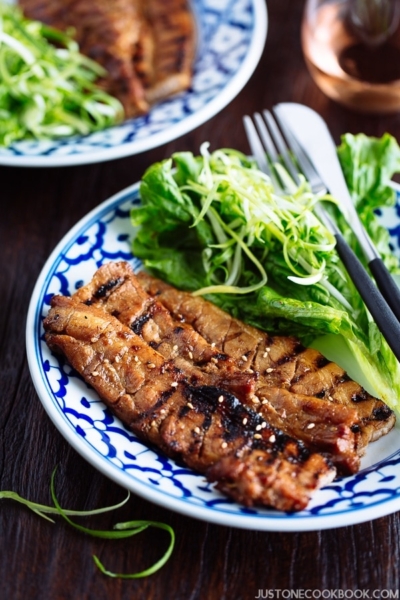
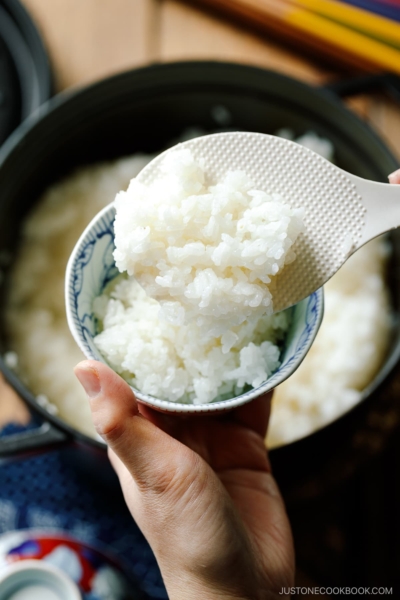
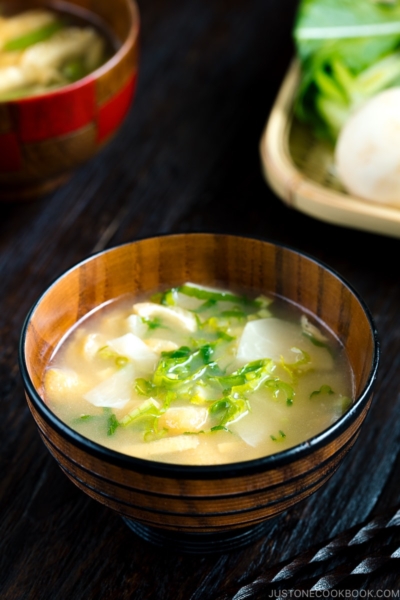
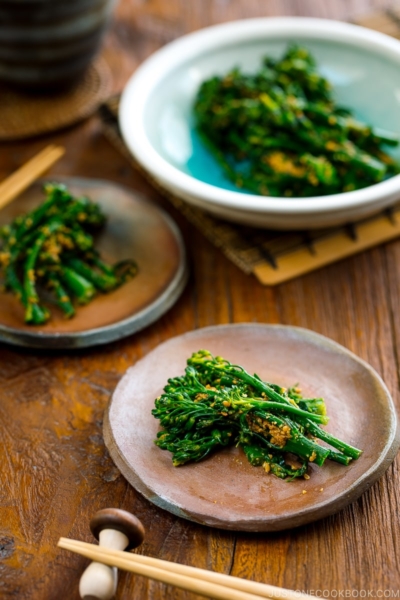
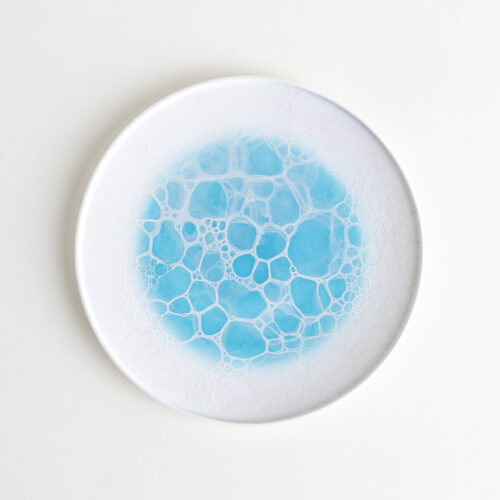
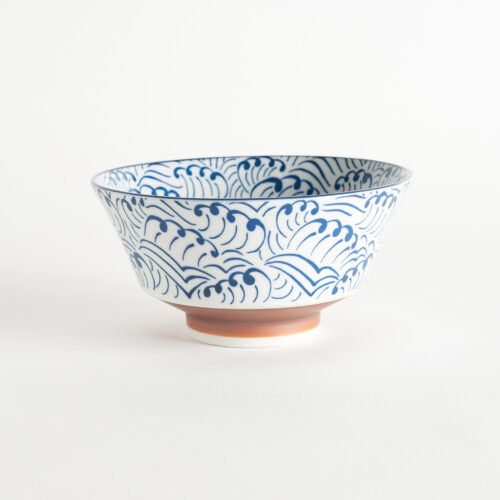

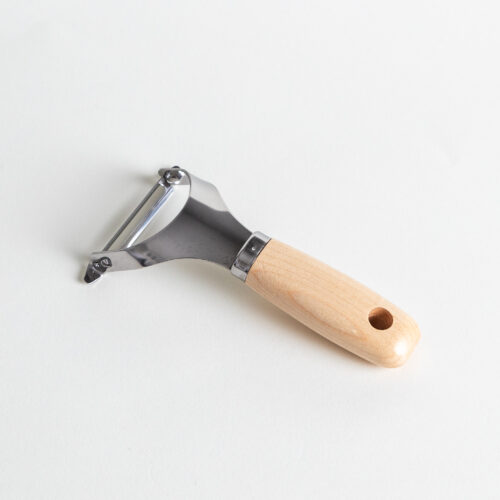
Very good. Easy to make. Will make it often!
Hi Tina! We are so happy to hear you enjoyed Nami’s recipe.
Thank you so much for trying Nami’s recipe and for your kind feedback!
Happy Cooking!
I have made this recipe a couple of times and it is delicious. It is super easy and the taste is not heavy at all. The first time I made it was for a Japanese Christian Church Ministry Lunch and the ladies were so surprised that I made such an authentic Japanese dish and for New Year’s I made this salad with Crab instead of Ham and again, exquisite.
Hi Yurika! Aww. Thank you so much for trying Nami’s recipe and for your kind feedback!
We are so happy to hear that you enjoyed the Harusame Salad recipe. Thank you for sharing your story with us. It made our day!
As someone who struggles with the texture of seaweed, what would recommend as an alternative, or can it be omitted?
Hi Casey! Thank you for reading Nami’s post and trying her recipe!
You can omit the seaweed or replace it with Kinshitamago (Shredded Egg Crepe)
https://www.justonecookbook.com/how-to-make-usuyaki-tamago-kinshi-tamago/
We hope this helps! 🙂
For Bento, do you recommend mixing in the dressing or packing the noodle and vegetables separately from the dressing?
Hi Sue! Thank you very much for trying Nami’s recipe!
If you leave the Harusame noodle separately, the noodle will get dry and hard. So we recommend mixing it with dressing and vegetables and placing it in an airtight container.
We hope this helps!
Hi Naomi, Thank you so much for your reply! I am glad that I found another idea for easy school bento. May I say that your website is the best for Japanese recipes. I love your tips and how detailed your instructions are. You make Japanese cooking as easy as ABC!
Hi Sue! Thank you very much for your kind words. Nami and all of us at JOC are so glad to hear that you’ve been enjoying the recipes and everything else that we share. It means so much to us.
We hope you continue to enjoy many recipes from our site! Happy Cooking!🤗
Hi Nami…is this noodle same as one used in Japchae korean?
Hi chit villegas, The noodle for Japchae is similar to Harusame, but Korean glass noodles (dangmyeon 당면) are made from sweet potato starch and water. The texture and color are different from Harusame.
https://www.justonecookbook.com/korean-sweet-potato-noodles/
https://www.justonecookbook.com/harusame/
We hope this helps!
Love all your recipes. Thank you for sharing both in video and print format. You are my “go to” person for anything Japanese🙏👏.
Hi Susan! Thank you very much for your kind feedback!
We are so happy to hear you enjoyed Nami’s recipes and videos! Happy Cooking!🥰
thanks for sharing.
is harusame noodle same with Korean JapChae noodle?
Hi Nancy! Thank you very much for reading Nami’s post!
Harusame and Korean Japchae noodles are very similar, but Harusame is more white.
You can use Korean Japchae noodles as a substitute for this recipe, and it works well too. We hope this helps!
Hi,
are the Korean sweetpotato starch noodles used for the Japchae recipe a good substitute for Harusame? They do look a bit darker though.
Hi Andreas, Sure! That will be a good substitute! Thank you for trying this recipe.